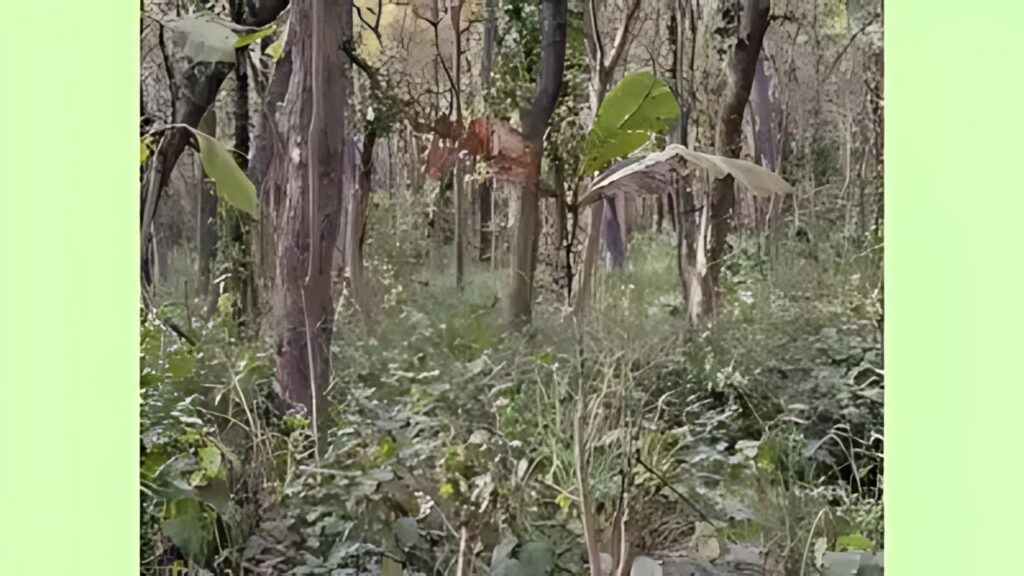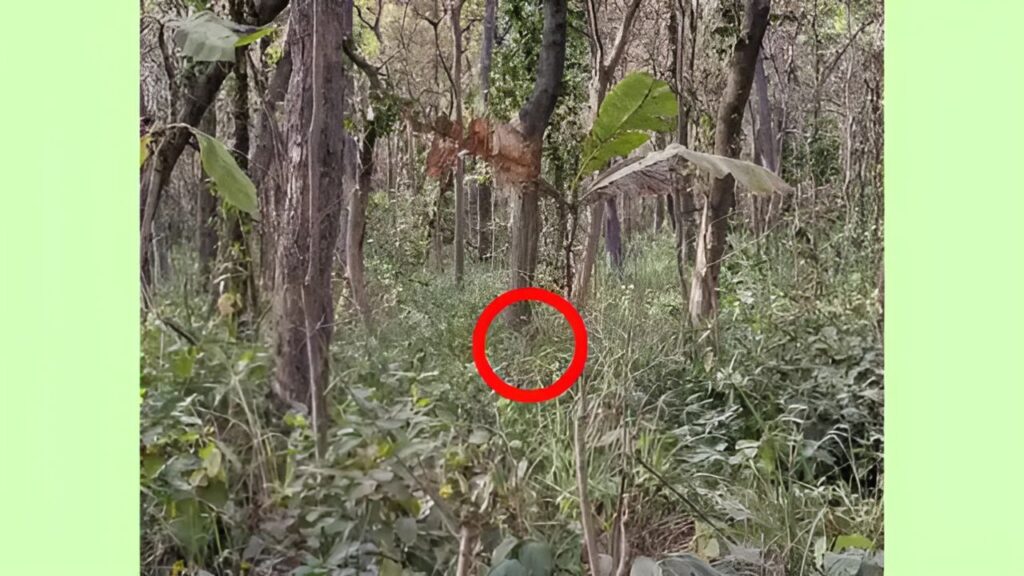The Fascinating World of Visual Deception

Our minds constantly play tricks on us, creating a fascinating realm where reality bends and twists. Optical illusions represent one of nature’s most intriguing phenomena, challenging our perception and cognitive abilities.
These visual puzzles have captivated humans for centuries, from ancient Greek philosophers to modern neuroscientists. They reveal the complex relationship between our eyes and brain, showing how easily our visual processing can be fooled.
Understanding How Our Brain Processes Images
The human brain processes visual information through multiple neural pathways simultaneously. When we look at an image, our visual cortex breaks down colors, shapes, patterns, and movements into separate components.
This sophisticated system works incredibly fast, processing thousands of visual elements within milliseconds. However, this same efficiency creates vulnerabilities that optical illusions expertly exploit.
Why Some People Excel at Visual Challenges
Sharp observers possess certain traits that help them excel at these challenges. Their attention to detail surpasses average viewers, allowing them to notice subtle differences others miss.
These individuals often have enhanced pattern recognition abilities and superior spatial awareness. They’ve trained their minds to look beyond obvious elements and search for hidden details.
The Psychology Behind Hidden Object Puzzles
Hidden object puzzles tap into our primal hunting instincts that helped our ancestors survive. Our brains are naturally wired to detect predators and identify camouflaged threats in natural environments.
This evolutionary advantage explains why some people immediately spot hidden tigers while others struggle. The ability to distinguish patterns from backgrounds once meant the difference between life and death.
Cognitive Benefits of Visual Puzzles
Regular engagement with optical illusions provides numerous cognitive benefits for people of all ages. These challenges strengthen neural connections and improve visual processing speed significantly.
Memory enhancement occurs when we actively search for hidden objects in complex images. Our brains form new neural pathways, creating lasting improvements in cognitive function.
The Science of Camouflage Recognition
Natural camouflage represents millions of years of evolutionary adaptation and survival strategy. Tigers developed their distinctive stripes to blend seamlessly with jungle shadows and tall grass.
This biological camouflage creates the perfect foundation for challenging optical illusions. The tiger’s natural concealment abilities translate perfectly into puzzle format.
Analyzing the Jungle Safari Challenge
This particular jungle safari image contains carefully crafted elements designed to test observation skills. The dense foliage, varying light patterns, and complex textures create multiple visual distractions.
Expert puzzle designers understand how to manipulate visual elements to create maximum difficulty. They strategically place decoy patterns that mimic the target object’s characteristics.
Common Mistakes People Make
Most people fail these challenges because they rush through the image without systematic examination. They focus on obvious elements while ignoring subtle details hidden in plain sight.
Impatience represents the biggest obstacle to success in visual puzzle solving. Quick scanning rarely reveals carefully concealed objects that require methodical searching.
Effective Strategies for Success
Successful observers employ systematic scanning techniques that cover every section of the image thoroughly. They divide the image into smaller sections and examine each area carefully.
Pattern disruption serves as a key indicator when searching for hidden objects. Look for areas where natural patterns seem interrupted or inconsistent with surrounding elements.
The Hidden Tiger Revealed

After careful examination of the jungle safari image, the hidden tiger can be found cleverly concealed among the dense vegetation on the right side of the picture. The tiger’s distinctive stripes blend masterfully with the vertical tree shadows and filtered sunlight patterns.
Sharp-eyed observers who spotted the tiger within 47 seconds demonstrate exceptional visual processing abilities. Their success indicates superior pattern recognition skills and enhanced attention to detail.
What This Says About Your Observation Skills
Finding the tiger quickly suggests you possess above-average visual processing capabilities and excellent attention to fine details. These skills prove valuable in professional settings requiring careful observation.
Struggling with the challenge doesn’t indicate any deficiency in cognitive abilities. Many factors including screen size, lighting conditions, and current focus levels affect performance significantly.
Training Your Visual Perception
Regular practice with optical illusions and hidden object puzzles can dramatically improve your observation skills. Consistent engagement strengthens the neural pathways responsible for visual processing.
Professional athletes and military personnel often use visual training exercises to enhance their situational awareness. These same techniques benefit everyday observers seeking improved perception.
Daily Exercises for Better Observation
Simple daily practices can significantly enhance your visual perception abilities over time. Mindful observation of your immediate environment trains your brain to notice subtle details.
Photography enthusiasts often develop exceptional observation skills through regular practice with composition and detail recognition. This hobby naturally improves visual awareness.
The Role of Patience in Visual Challenges
Patience plays a crucial role in successfully completing visual challenges and optical illusions. Rushing through images typically results in missed details and failed attempts.
Experienced observers understand that systematic examination requires time and deliberate focus. They resist the urge to scan quickly and instead methodically explore each section.
Benefits Beyond Entertainment
Optical illusions serve important purposes beyond simple entertainment and mental stimulation. Researchers use these visual puzzles to study brain function and cognitive processing.
Educational applications include training programs for professionals who require exceptional observation skills. Medical students, security personnel, and scientists benefit from enhanced visual perception.
Real-World Applications
Enhanced observation skills prove valuable in numerous professional fields and everyday situations. Healthcare professionals rely on sharp visual perception to identify symptoms and detect abnormalities.
Security experts use similar skills to spot potential threats and identify suspicious behavior. These abilities transfer directly from puzzle-solving practice to real-world applications.
The Future of Visual Challenges
Technology advances continue to create new opportunities for innovative visual challenges and optical illusions. Virtual reality and augmented reality platforms offer immersive experiences that traditional media cannot provide.
Artificial intelligence helps designers create increasingly sophisticated puzzles that adapt to individual skill levels. These personalized challenges provide optimal difficulty for maximum engagement and skill development.
Embracing Visual Challenges
Regular engagement with optical illusions and visual puzzles offers numerous benefits for cognitive health and mental acuity. These entertaining challenges provide valuable exercise for our visual processing systems.
Whether you spotted the tiger immediately or needed additional time, every attempt strengthens your observation abilities. Consistent practice with various types of visual challenges leads to measurable improvements in perception and attention to detail.
